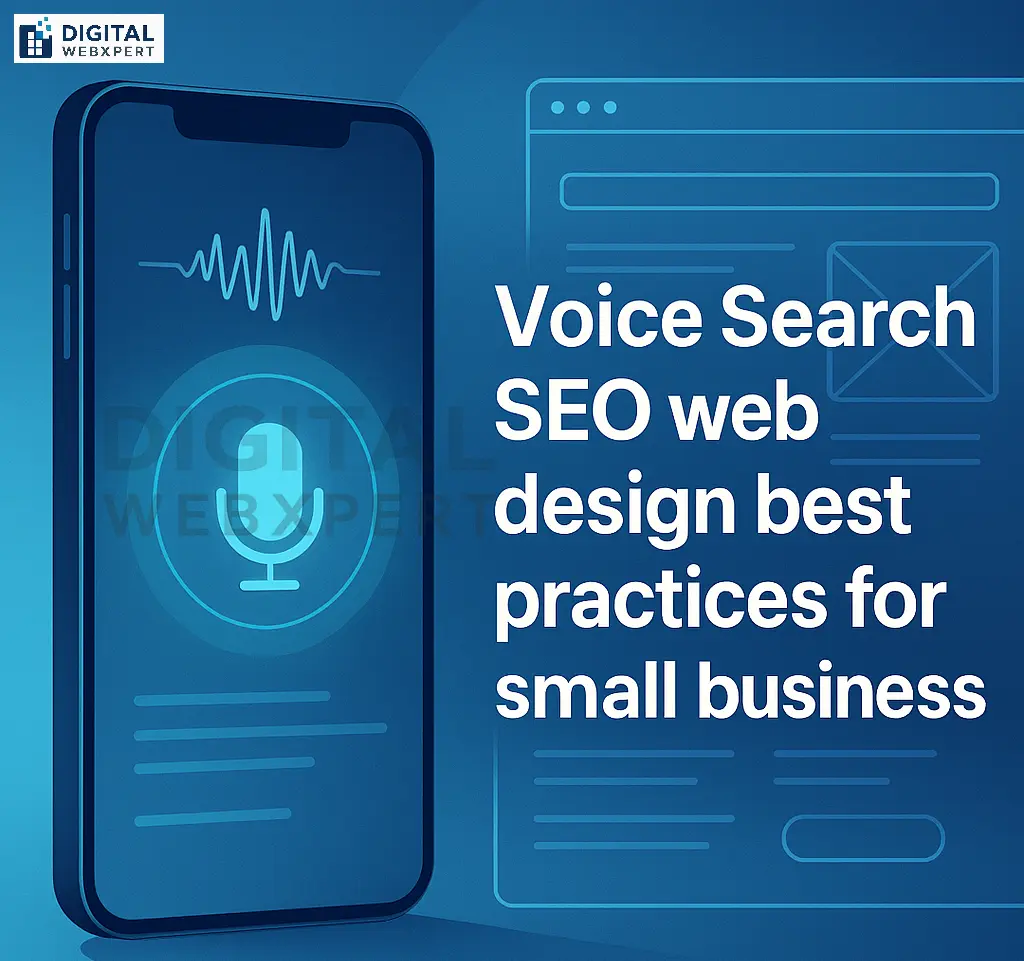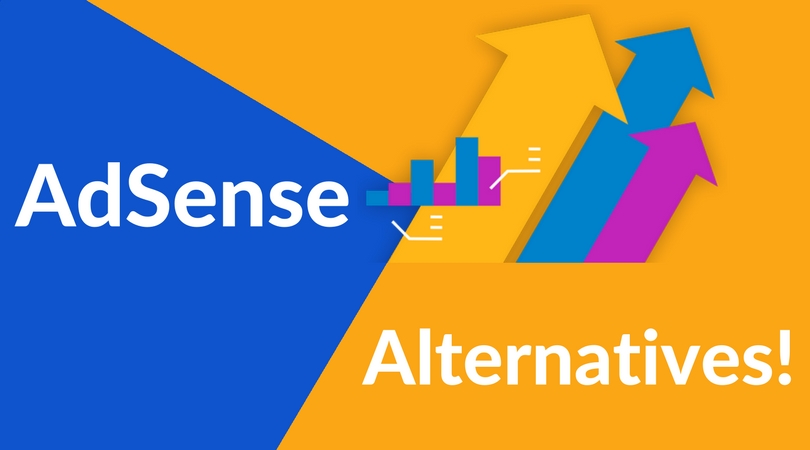Why this shift matters to you
You’re not just chasing clicks—you’re earning trust. When customers ask their phones for help, the winner is the brand that sounds natural, loads fast, and is easy to understand. Voice search SEO isn’t a trend; it’s the tipping point where UX, content, and technical foundations finally meet user intent in a single spoken moment.
From now on, your website needs to be designed as if every page could be read aloud. That’s the heart of voice search SEO.
The rise of conversational discovery
Voice interactions are frictionless: people speak in complete questions, expect direct answers, and often need results on the go. This rewires how you plan content and UX.
- Behavior is conversational: People ask complete questions like “Which bakery near me is open now?” rather than typing “bakery hours.” Your voice search SEO must anticipate everyday language and context.
- Intent is high: Voice queries often carry clear transactional or local intent (“best AC repair near me,” “book an appointment,” “call now”), making conversion-focused UX critical.
- Answers must be instant: Assistants favor pages that deliver concise, authoritative answers. Voice search SEO benefits pages that lead with the answer, then expand.
Typed vs voice at a glance
| Factor | Typed search | Voice search |
|---|---|---|
| Query style | Keywords, short phrases | Full questions, natural language |
| Dominant intent | Mixed | Local, quick answers, actions |
| Result format | Lists to choose from | One top answer or action |
| Content style | Broad, scannable | Direct, conversational, succinct |
| Technical bias | Classic SEO signals | Speed, schema, clarity, authority |
Tip: Build a bank of real customer questions from support emails, discovery calls, and DMs. That becomes your voice search SEO roadmap.
Web design principles for a voice-first world
Voice search SEO is shaped by your layouts, patterns, and microcopy as much as by keywords. Design for spoken questions and quick actions.
Design for instant answers
- Above-the-fold clarity: Lead with a concise 1–2 sentence answer to the page’s core question, then expand. This helps voice search SEO by serving “the answer” first.
- Action-first UI: Prominent CTAs like “Call,” “Get Directions,” “Book Now,” and “WhatsApp” map to common voice intents.
- Scannable structure: Short paragraphs, descriptive subheadings, and summary boxes make your content “assistant-friendly.”
Structure pages for questions
- FAQ modules per page: Add an FAQ section that mirrors natural speech. Each Q–A pair should be a stand-alone, 40–60-word answer. This layout supports voice search SEO and can win featured snippets.
- How-to sequences: For tasks, include step lists with clear verbs and human-friendly language.
- Local trust blocks: Display hours, areas served, service categories, ratings, and “open now” info in a consistent, crawlable pattern.
Mobile-first performance
- Speed: Target sub-2.5s LCP, stable layout, and responsive images. Voice search SEO favors fast, reliable pages that load well on 4G and spotty connections.
- Tap targets and thumb zones: Buttons must be large, high contrast, and close to core information.
- Readable typography: 16–18 px base, 1.6–1.8 line height, and strong contrast to reduce cognitive load.
Voice search SEO strategy and content model
You’ll win voice by matching how people speak, not how tools report keywords. Build a layered content system.
Map question clusters to pages
- Topic hubs: Create pillar pages that answer the “what/why/how” of a service or problem.
- Long-tail spokes: Publish focused articles on each conversational question (“How much does AC repair cost in Kolkata?”). Link spokes to the hub to strengthen topical authority. This internal mesh doubles as a voice search SEO signal.
- Local variants: Where relevant, replicate high-intent pages by city/area with unique details, pricing nuances, landmarks, and testimonials.
Write the way people talk
- Use natural phrasing: Write headlines like “How much does website maintenance cost?” rather than “Website maintenance pricing.”
- Answer first, explain second: Begin with the 20-second, assistant-friendly answer. Expand with context afterward.
- Include synonyms naturally: Mix “voice search optimization,” “conversational SEO,” and “voice search web design” throughout to reinforce topical coverage without stuffing.
Win featured snippets and People Also Ask
- Snippet formats: Use definition boxes (45–60 words), step lists, and comparison tables.
- Question subheads: Mark subheads as H2/H3 with question syntax.
- Answer density: Give one crisp, non-salesy answer per question. This boosts your chances for voice readouts and strengthens voice search SEO.
Technical foundations to support voice
Technology choices make your content discoverable and speakable. Prioritize clarity, speed, and structured meaning.
Structured data and schema
- Organization and LocalBusiness: Include name, logo, location, hours, phone, service area, price range, and aggregate ratings.
- FAQPage and HowTo: Mark up Q–A content and step-by-step guides.
- Product and Service: Add clear properties for pricing, availability, and attributes.
- BreadcrumbList: Reinforce your information architecture.
Tip: Keep JSON-LD tidy, up to date, and consistent with on-page content. Assistants rely on trustable, conflict-free facts—another subtle advantage for voice search SEO.
Performance and Core Web Vitals
- Image discipline: Use modern formats, width descriptors, and lazy loading.
- Critical CSS and preloads: Inline critical CSS and preconnect to key origins to accelerate first render.
- Script hygiene: Defer non-essential JS, remove dead libraries, and compress everything. The faster the site, the stronger your voice search SEO posture.
Accessibility aligned with voice
- Semantic HTML: Headings in order, descriptive landmarks, and ARIA only when needed.
- Alt text that clarifies context: Useful for both users and machine understanding.
- Readable labels: Form labels, error hints, and buttons that say exactly what they do.
Local SEO for voice and “near me” intent
For most small businesses, local is where voice converts. Align your web design with local discovery.
- NAP consistency: Match name, address, and phone across your site, footer, schema, and listings.
- Service area pages: Create localized pages with area-specific FAQs, testimonials, and directions/landmarks.
- Transactional blocks: “Call now,” “Open now,” “Book today,” and “Get directions” above the fold with click-to-call and deep links.
- Reviews and social proof: Display fresh reviews with dates and service types.
- Map embeds and UTM: Use a fast, privacy-friendly map and track direction clicks to attribute voice-driven conversions in your reporting.
Tip: Add an “Is open now?” micro-panel with dynamic hours. That exact phrase often appears in voice queries and supports your voice search SEO targets.
Measurement, attribution, and continuous improvement
Voice won’t always show up as “voice” in analytics, but you can still measure what matters and iterate.
Signals to watch
- Answer engagement: Scroll depth, time on page, and CTA clicks near the answer block.
- Local actions: Click-to-call, direction taps, and appointment bookings.
- Query shapes: Rising long-form, question-style queries in Search Console.
- Snippet wins: Track pages that gain featured snippets or PAA positions.
Testing workflow
- Manual assistant checks: Ask Google Assistant, Siri, and Alexa your target questions weekly. Record the exact phrasing that returns your page.
- Content sprints: Every two weeks, add 5–10 new FAQ entries to high-intent pages.
- Snippet experiments: Test definition length and wording, then monitor ranking changes.
- Speed budgets: Set maximum KB per template; fail builds that exceed it.
Implementation roadmap for teams
Day 0–14: Foundation
- Inventory: Audit top 20 pages for speed, clarity, and schema.
- Prioritize: Pick 5 high-intent questions per page to answer above the fold.
- Schema pass: Add Organization, Local Business, Breadcrumb List, and initial FAQ Page markup.
- Speed wins: Compress media, lazy load, remove unused JS.
Day 15–45: Conversion and content
- FAQ buildout: Add 50–100 conversational questions across services.
- Localization: Launch or refine city/area pages with unique details and CTAs.
- Design polish: Elevate CTA prominence, thumb-friendly buttons, and clarity of labels.
- Snippet targeting: Introduce definition boxes and step lists on priority pages.
Day 46–90: Scale and measure
- Automation: Create templates for Q–A blocks and schema insertion.
- Measurement: Dashboard for local actions, snippet presence, and long-tail query growth.
- Iterate: Biweekly assistant tests, copy refinements, and image/script budgets.
This focused cadence reinforces your voice search SEO while making material improvements to usability and conversions.
Practical examples you can ship this week
- Homepage hero rewrite: Add a 45–60 word “What we do in one minute” answer with a “Call” and “Get Directions” CTA.
- Service page FAQ: 8–12 natural questions like “How long does a basic website take?” Each answer succinct and direct.
- Pricing clarity: Publish ranges, explain variables, and include “What’s included” in bullets.
- Appointment flow: One-tap booking with simplified form fields and confirmation via SMS/WhatsApp.
- Schema sweep: Add or verify Local Business, Service, and FAQ Page markup on the top five pages.
- Speed tune-up: Convert hero images to modern formats, preload critical fonts, and defer non-essential scripts.
Each action strengthens voice search SEO and compounds over time.
Common pitfalls to avoid
- Thin, salesy answers: Assistants skip fluff. Be useful first.
- Question overload without hierarchy: Group related Q–A entries and link to deeper pages.
- Schema that contradicts the page: Keep facts identical across schema, on-page content, and listings.
- Ignoring non-text signals: Reviews, hours, and location clarity are decisive for local voice intent.
- Desktop-first habits: Design for one-handed use and low-friction actions on mobile.
A simple template for your next page
- H1: The exact user question or outcome
- Intro answer block: 45–60-word direct answer
- CTA row: Call, Directions, Book
- Section 1: Short explanation with benefits
- Section 2: Steps or process as a concise list
- Section 3: FAQ (6–10 questions) with schema
- Trust block: Reviews, badges, service areas, hours
- Footer: NAP and secondary CTAs
Keep the language human. Let the design breathe. That’s how voice search SEO turns into real leads.
Wrapping up with momentum
Voice isn’t replacing search—it’s revealing what users wanted all along: fast, plain-language answers and the shortest path to action. If you align your structure, copy, speed, and schema to that reality, voice search SEO becomes a competitive advantage you can measure in calls, bookings, and revenue.
If you’d like a hands-on audit or implementation, book a quick consultation at Digital WebXpert. We’ll help you rework key pages, wire up schema, and ship the high-impact fixes that make your site “assistant-ready.”



